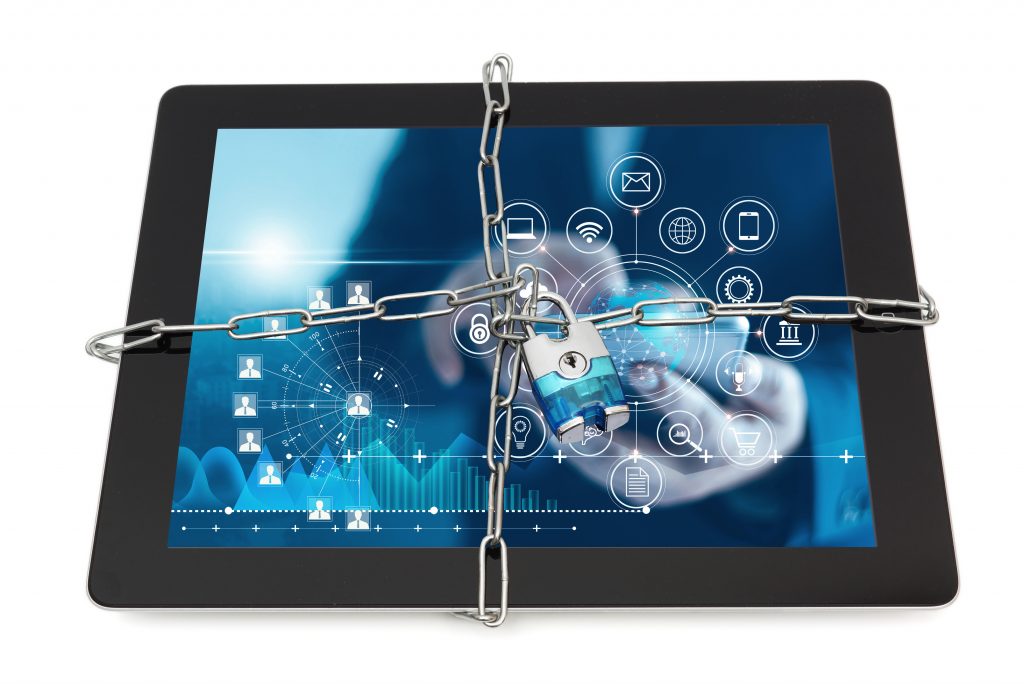By: Jeff Shrum, Information Technology Manager

The holidays are a time of giving and receiving, and the latest technology is a popular staple in any gift box. If you received a smart device this holiday season, there are a few important precautions you should take to keep your home AND data safe:
- Start with your WiFi
- Give your router a name not associated with you or your street address. You don’t want your router name to give away any personal identifiers.
- Use strong encryption to keep traffic secure – WPA2 or better is recommended. Consumer Reports published an article (link to the article: https://www.consumerreports.org/digital-security/ways-to-boost-router-security/) that provides a good overview of router security and what you can do to protect this necessity.
- Change default usernames and passwords on your devices
- Factory-set usernames and passwords are designed to be used temporarily until you are ready to set your device up; leaving them in their default setting is the quickest way to expose yourself to security breaches. Don’t skip this simple step during your device set-up!
- Use strong and unique usernames and passwords for all of your online accounts
- While this may seem complex, it keeps all of your accounts separate and limits your exposure should one of your accounts get breached. Consider a password manager to help keep track of your online credentials, and utilize free password generators to create truly unique passwords that will be hard for others to guess.
- Disable features you do not use
- Many devices come with a variety of features and services such as remote access, often enabled by default. If you don’t use it, or only use it sparingly, disable the automatic functionality and manually turn it on only when you know you will be using it.
- Keep the software up-to-date
- If the manufacturer offers software updates, be sure to take advantage of them as soon as you are able to download and install them. Many updates are packaged with flashy feature upgrades, but also contain important security upgrades as well.
- Utilize two-factor authentication
- Two-factor authentication is an extra layer of security for your online accounts, requiring additional information to be given on top of the username and password. This typically involves a pin number or secret question answer, text verification with temporary code, or even a fingerprint scan for more advanced systems. The benefit being that even if your password is stolen or your phone is lost, the chances of someone else having your second-factor information is highly unlikely. If your device manufacturer and/or online accounts offer two-factor authentication, you would be smart to take advantage of the extra security.
- Avoid working with your smart devices from public WiFi
- While free access can be convenient, the risk isn’t worth it! Public WiFi networks are often unsecured and are commonly subject to a variety of attacks by hackers that are able to easily access your browsing activity (including account passwords and financial data), and transfer malware to the device without your knowledge. It’s best to reserve your online activities to WiFi networks that you know are secure and locked-down to uninvited traffic.
While smart devices can make your home and life more convenient, they can also pose security risks that you might not even be aware of. As you set-up your new devices in the aftermath of the holiday rush, don’t forget to take extra steps to make sure your device and data remain secure.
